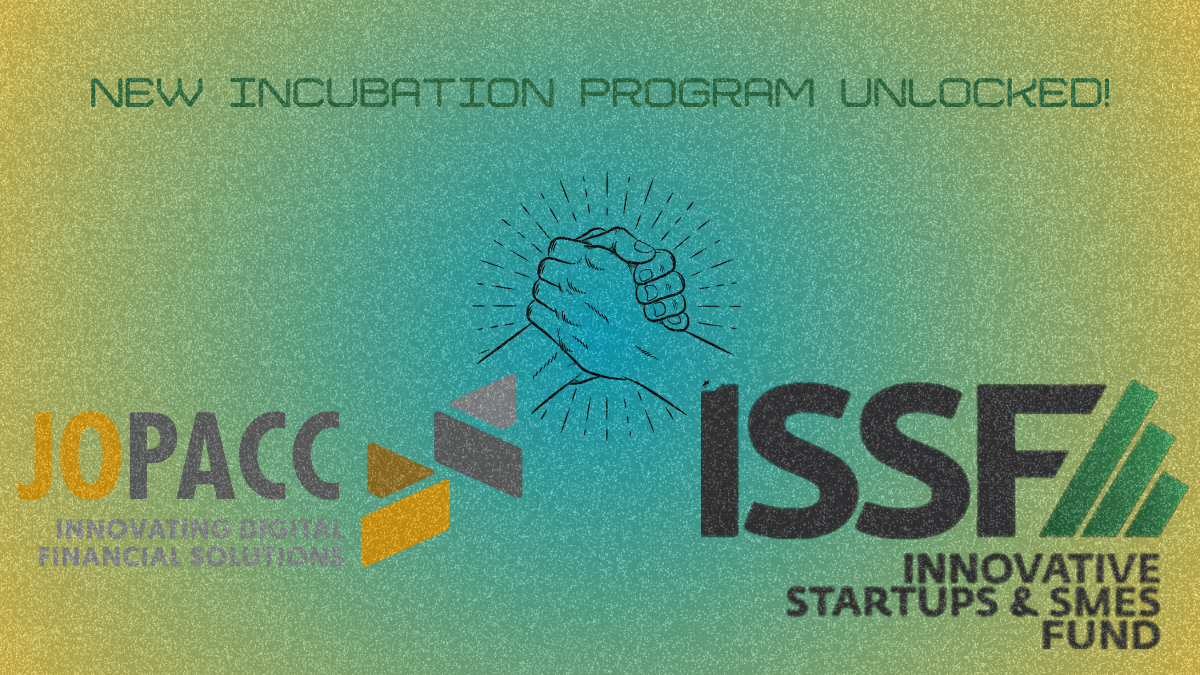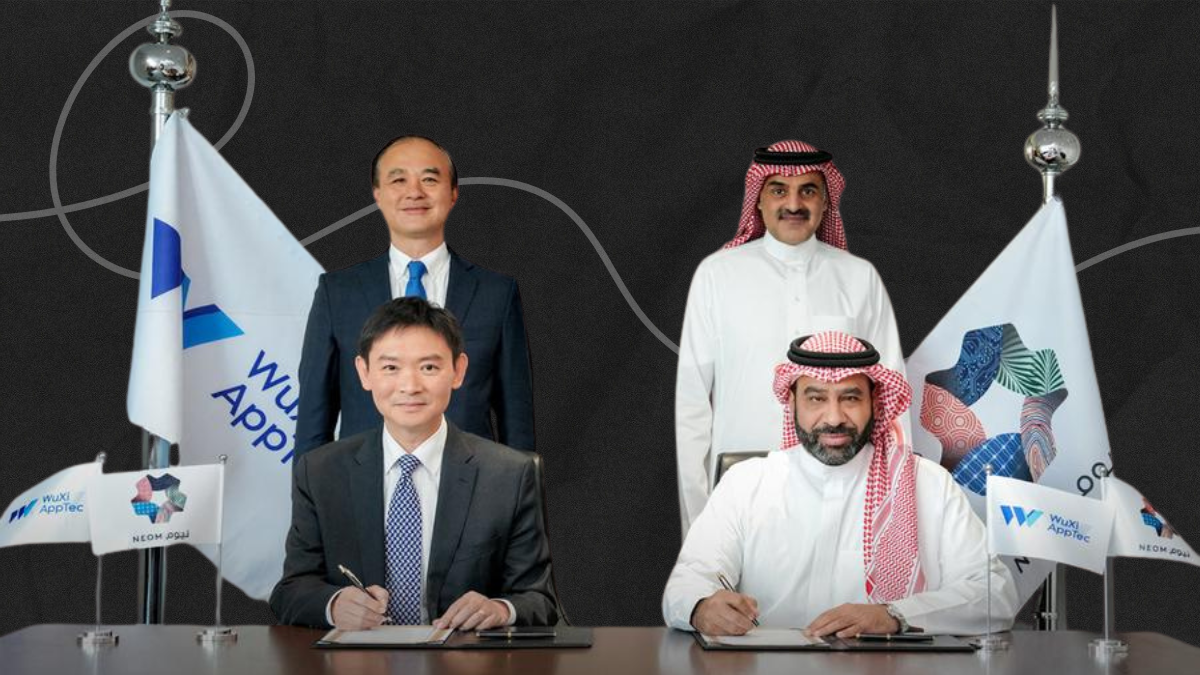Takadao Secures $1.5M Seed, Launches Web3-Enabled Visa LifeCard

3 min
Takadao closed a $1,5 million seed round, bringing total funding to over $3,1 million.
The funding came from global investors across diverse markets, focusing on Islamic fintech.
Takadao launched the LifeCard, a prepaid VISA card for spending stablecoins like cash.
LifeDAO offers tools like a DeFi wallet, life protection fund, and investment pools.
The platform aims to provide practical, accessible Web3 financial services without overcomplication.
Takadao has pulled in fresh backing after closing a 1.5 million dollar seed round, taking its total funding to just over 3.1 million dollars. The money comes from a mix of global investors – from Malaysia’s Hasan VC to France’s Syla Invest, Wahed Ventures in the UK, Ice Blue Fund in Japan, Istari Ventures in the US, Adverse in Saudi Arabia, and follow‑on support from Draper Associates in Silicon Valley. Quite a spread, and I reckon that’s no accident. The team has been targeting markets where Islamic fintech is already gaining proper traction, which feels spot on for a company building shariah‑aligned products on Web3 rails.
Alongside the funding, the company rolled out something called the LifeCard, a prepaid VISA card that lets people spend their stablecoins just like cash wherever VISA works. It sits under The LifeDAO, a community-owned “Nobank” powered by Takadao’s blockchain protocol. I remember speaking with a few founders at an Arageek community event last year who said bridging crypto to daily spending was still “a bit of a faff,” so seeing a product like this emerge doesn’t surprise me at all.
According to the company’s CEO, Morrad Irsane, investors were deliberately chosen for their presence in shariah‑compliant and globally diverse markets. He highlighted the likes of Hasan VC, led by Islamic fintech veteran Umar Munshi, and Syla Invest, which has been growing quickly among Francophone Muslim users. Wahed Ventures, already well known in the UK and US, also fit neatly into this strategy. And believe it or not, Takadao says these markets were already showing strong early user interest before the round even closed.
The platform itself powers several financial tools under The LifeDAO umbrella: a DeFi wallet, a life protection fund, non‑custodial investment pools, and a hub for financial education. All funds remain user‑owned, with any operational surplus redistributed back to members. As of now, The LifeDAO holds around one million dollars locked across its funds. On the flip side, Web3 jargon can sometimes scare off newcomers… well, I mean, it did for me at first, but the model here seems designed to be more practical than flashy.
Co‑founder and COO Sharene Lee explained that members earn life protection payouts, investment returns, referral rewards and revenue shares in stablecoins — all of which they can now spend through the LifeCard. She described it as a tangible bridge between Web3 and the real world. And to be fair, features like profit redistribution from card fees, automatic round‑ups for micro‑investing, and an interest‑free microloan based on past top‑ups do add a bit of heft to the offering.
Irsane added that these features reflect the mission of supporting members when they need it most. The life protection element and the 0 per cent microloan stand out in particular, especially at a time when many people feel left out of traditional finance. I’m not a fan of over‑complicated crypto services, but this one feels grounded rather than gimmicky — definately a rare sight in the space.
For many in our Arageek crowd who keep an eye on Web3 but still want something useful in day‑to‑day life, this might be one to watch.
🚀 Got exciting news to share?
If you're a startup founder, VC, or PR agency with big updates—funding rounds, product launches 📢, or company milestones 🎉 — AraGeek English wants to hear from you!
✉️ Send Us Your Story 👇
 AI
AI Saudi Arabia
Saudi Arabia UAE
UAE Egypt
Egypt








